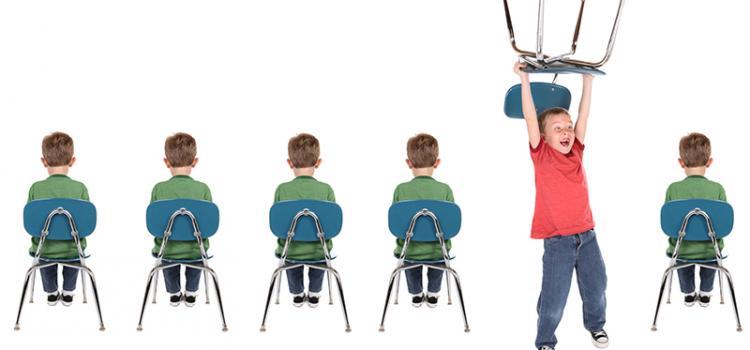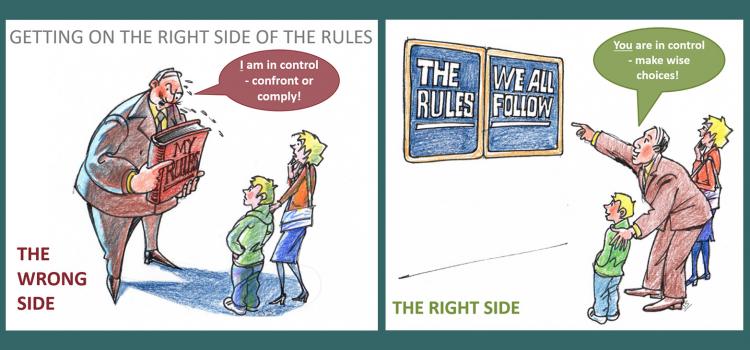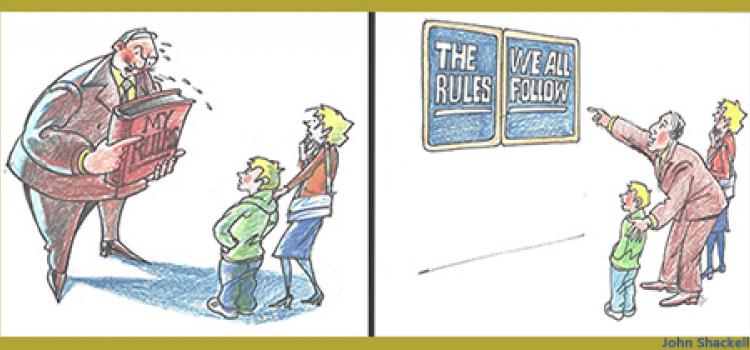“I couldn’t stop weeping, but I knew I had to carry on..."
Welcome to our resources page
We welcome comments and contributors to this page.
Some articles include CPD activities and class activities (check the tags!)
- We fact check our articles thoroughly and can always provide citations for any quotes or assertions relating to third parties (if not already provided).
- Our articles also include statements of opinion we make in good faith believing them to be true.
Use the index on the right or browse the articles below.
- These are longish thoughtful articles which we hope you will find illuminating and sometimes challenging!
- If you would like to contribute an article please use the contact page to let us know.
- Don't forget to comment...
Thank you!

This remarkable story describes how a young female teacher brought about a change of heart amongst the pupils in her class and a spirit of kindness and co-operation, by breaking down and crying in front of her class!
“I couldn’t stop weeping, but I knew I had to carry on..."
“I couldn’t stop weeping, but I knew I had to carry on..."

This is the story of little Lenny and how his attention-seeking needs were better managed - it's a working example of how 'relational approaches' can resolve class management issues more effectively and enjoyably!
I first met Lenny, aged nine, at Whitebirch MLD school. Just before my first lesson with him a very agitated teacher stopped me in the corridor and said, "“You’ve got to watch out for Lenny! He’s the most attention-seeking boy in the school. You mustn’t encourage him. Don’t give in to him!"
Not the most encouraging advice - so I took a very different approach...
I first met Lenny, aged nine, at Whitebirch MLD school. Just before my first lesson with him a very agitated teacher stopped me in the corridor and said, "“You’ve got to watch out for Lenny! He’s the most attention-seeking boy in the school. You mustn’t encourage him. Don’t give in to him!"
Not the most encouraging advice - so I took a very different approach...

Is it better to try and make you do it, or to hope that you will do it because I've asked and because you like me? If the second one seems far-fetched you definitely need to read this one!
We can only control – make choices about – our own behaviour, and try to guide the other person to make the right choices about their behaviour. We are far more effective when we do this using the soft skills of persuasion and negotiation rather than trying to dominate every situation. This article explores the advantages and disadvantages of 'soft' and 'hard' behaviour management approaches.
We can only control – make choices about – our own behaviour, and try to guide the other person to make the right choices about their behaviour. We are far more effective when we do this using the soft skills of persuasion and negotiation rather than trying to dominate every situation. This article explores the advantages and disadvantages of 'soft' and 'hard' behaviour management approaches.

This article describes the four modes of emotional expression used by children. When a child is trying to communicate whilst in a distressed state, the important aspect is the distress, rather than the way it is being expressed. In fact, children may experience a temporary breakdown in their social and language skills. When anxiety is very high, we need to respond to the feelings rather than the way they are being communicated

Teachers sometimes argue about the best course of action to deal with a child who is at risk of school failure because, effectively, they are seeing two different children. One person sees an angry spiteful teenager, another sees a hurt and misunderstood child seeking proof that someone loves him.
Teachers also present alternative perspectives - compare how children are described in formal reports and in the staff-room.
Gathering the 'inside perspectives' and safely sharing them can reduce 'fragmentation'. In this article these terms are explained, examples of conflicting narratives analysed, and the simple restorative steps which can resolve the situation positively are described. There’s a free CPD group activity to download.
Teachers also present alternative perspectives - compare how children are described in formal reports and in the staff-room.
Gathering the 'inside perspectives' and safely sharing them can reduce 'fragmentation'. In this article these terms are explained, examples of conflicting narratives analysed, and the simple restorative steps which can resolve the situation positively are described. There’s a free CPD group activity to download.

This is a thought-provoking image for teachers and children. Sharing it with children triggers interesting responses, often focused on whether rules are reasonable and meaningful. In this article, we consider how both children and teachers respond to the image and provide two activities to share with your children and additional resources.
The image contrasts two divergent ideas: 'My Rules!' or 'The Rules We All Follow.' Children often see rules as linking behaviours to a punishment - "If you're naughty, you have to go to the time-out chair". How does the punishment actually help them understand why something is 'naughty'? When we explain the purpose of the rule, children are more likely to accept it as reasonable and right.
The image contrasts two divergent ideas: 'My Rules!' or 'The Rules We All Follow.' Children often see rules as linking behaviours to a punishment - "If you're naughty, you have to go to the time-out chair". How does the punishment actually help them understand why something is 'naughty'? When we explain the purpose of the rule, children are more likely to accept it as reasonable and right.

0